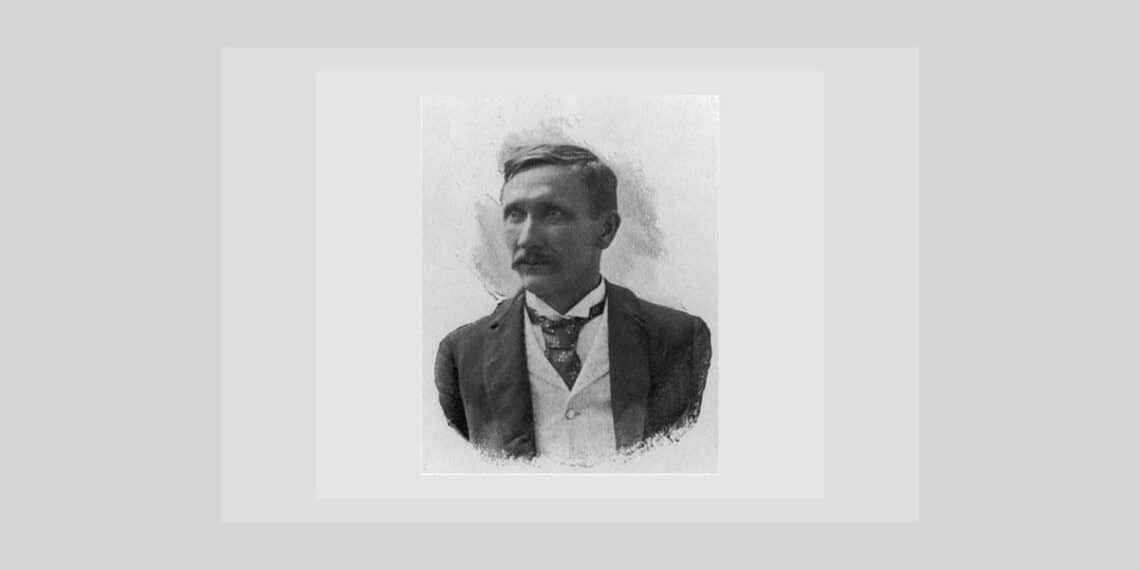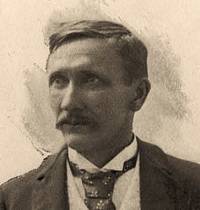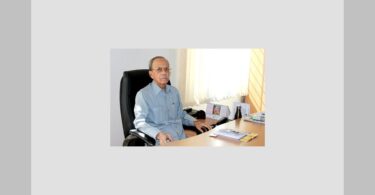Charles Henry Niehaus (January 24, 1855 – June 19, 1935) was the sculptor who made the beautiful monument of Dr. Samuel Hahnemann in Washington, D.C. in 1900. This stunning monument is located in Scott Circle at the intersection of Rhode Island Avenue and Massachusetts in Washington D.C.
Niehaus was born in Ohio to a German family. He began working as a marble and wood carver and later studied at the Royal Academy in Munich, Germany. The outcome of his study in Germany was that he engaged much of the Neo-Classical style in his art while most other sculptors of his generation were drawn towards Beaux-Arts realism. Niehaus returned to U.S.A. in 1881 and was subsequently commissioned to sculpt two statues of the recently assassinated President Garfield.
The project to honour Dr. Hahnemann, was authorized by the U.S. Congress in January of 1900 and unveiled the following June (21st of June, 1900). The monument was the gift of the American Institute of Homeopathy at a cost 50,000 dollars. The names of the donors are placed in a container in the base.
Dr. James McClelland, a homeopathic physician proposed the idea of the monument at a meeting of the Homeopathic Medical Society of the State of Pennsylvania in 1881, which then convinced the American Institute of Homeopathy to undertake the project in June of 1892, at their 45th Session in Washington, DC.
Niehaus has surely done any amazing job with the artistic details of this sculpture. The monument consists of a stepped oval platform, a curved granite half-wall with benches, four bronze bas-relief panels, a central arch, and a larger-than-life bronze statue of Hahnemann within a half-domed niche decorated with a vividly-coloured mosaic. The bronze statue of Hahnemann is seated on a pedestal centered in front of a curving wall. The pedestal bears the well-known principle of homeopathy, expressed in the Latin phrase, similia similibus curantur “Like cures the Like”. Four large bronze bas-relief panels on the wall depict Hahnemann as a student surrounded by books, a chemist in the laboratory, a teacher in the lecture room, and a physician at the bedside. The Latin inscription below the reliefs on the right side is translated as: “Gentle Power is Great.” The two bronze reliefs on the left side of the exedra depict Hahnemann as a teacher and as a physician. The inscription below the reliefs on the left side is translated as: “In All Things Charity.”
It is also important to mention the name of Julius Harder; he was an architect of New York, and the architect of the Hahnemann’s monument.
Thanks to Charles Niehaus for his incredible artwork, and thanks to all of those remarkable individuals who contributed to this historic monument.





